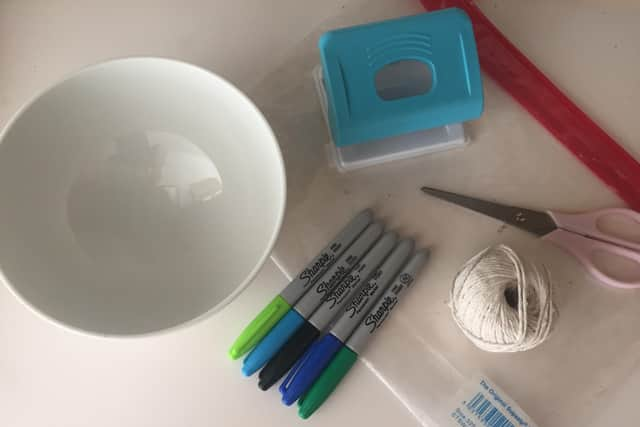Armagh Planetarium kicks off a new ‘Science at Home’ series
and live on Freeview channel 276
The Observatory and Planetarium have announced they will be using their Facebook page to post experiments which are fun and safe to try at home.
Armagh Observatory and Planetarium Education and Outreach Manager, Sinead Mackle said: “Our Science at Home series will give children the opportunity to try some experiments even though they are off school.
Advertisement
Hide AdAdvertisement
Hide Ad“The series will also include astronomy talks as well as interesting blog articles – from science in sci-fi movies to revealing what a vampire star is, we will have it covered.


“We are in unprecedented times and with our schools facing a prolonged period of closure it is important we all play a role in helping our children to continue to learn.
“We are very keen to engage with our social media followers so if there is a topic you would like us to cover or an experiment you would like to see us do, then we want to hear from you.”
The series kicked off when the Observatory and Planetarium staff revealed the science behind an experiment which has recently gone viral on social media.
Advertisement
Hide AdAdvertisement
Hide AdUsed by parents as a fun way to show their children the importance of washing their hands, the video shows someone dip their soapy finger into a bowl of water which has pepper grinds floating on it. The pepper immediately shoots to the outside of the bowl.
Explaining the science behind the experiment, the AOP team revealed that by adding soap it breaks down the surface tension of the water. When the surface tension is reduced, the water wants to spread out flat on the plate which carries the pepper away from the source of the soap.
To enjoy the Science at Home series, follow Armagh Observatory and Planetarium on Facebook. For a full programme of events once the centre has re-opened visit www.armagh.space
Earth Suncatcher
What you need: bowl, markers, old plastic folder, scissors, hole punch, string
Method:
Cut a large square out of your plastic folder.
Advertisement
Hide AdAdvertisement
Hide AdTurn a bowl upside down on the plastic and draw around it with a marker.
Cut the circle you so that you have a perfect plastic circle.
Now it is time to make it look like Earth. Colour in the land green and the ocean blue.
Punch a hole at the top, then thread and tie string through this hole.
Hang your Earth Suncatcher by a window
See if you can catch the earth in your hand!
The Science:
Advertisement
Hide AdAdvertisement
Hide AdA suncatcher is a small reflective or refractive piece that may be hung indoors near a window to “catch” sunlight.
A good way to think of a suncatcher is to think of it as an optical equivalent of a wind chime.
Wind chimes make music for your ears while suncatchers are a treat for the eyes to look at. When a suncatcher is placed in direct sunlight or near a bright light, it disperses that light into colourful rainbows and light flecks that scatter around the room.
The light isn’t just reflected, the suncatcher ‘catches’ the light, splits it up and sends it traveling off in many different directions, scattering it around the room.